A symbol of northern wildernesses, Grizzly Bears (Ursus arctos), also known as brown bears due to their coats, are powerful, solitary mammals that live in areas such as Yukon, British Columbia, Alaska, and Canada. They are fascinating predators, and we’ve rounded up 19 facts about their size, diet, range, breeding behavior, and cultural significance.
They’re Omnivores
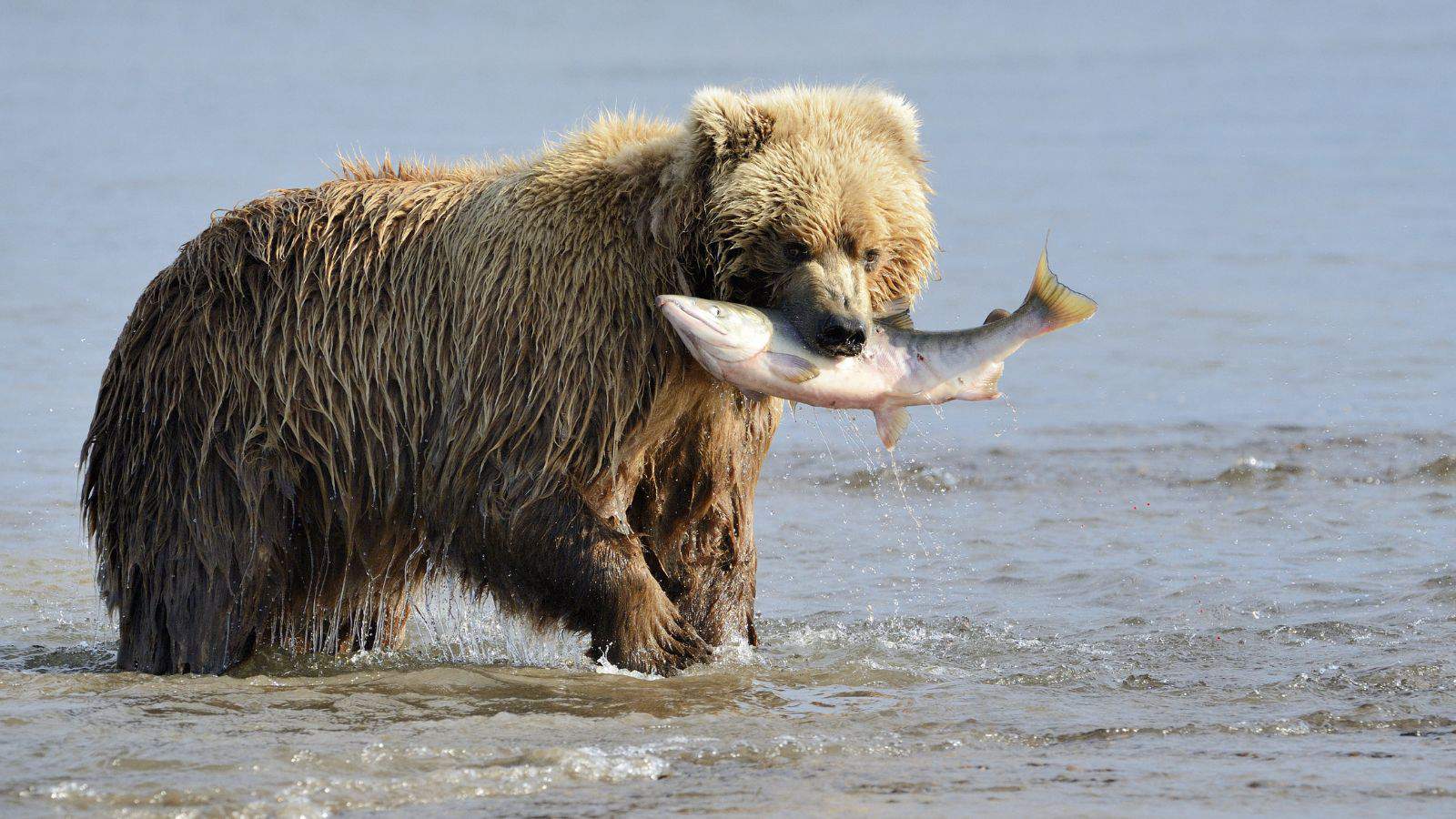
Grizzly bears are often thought of as ferocious carnivores, but (like dogs), they’re actually omnivores, meaning they eat both meat and plants. Their diet varies greatly depending on the season and location. They eat a range of shoots, grasses, berries, nuts, insects, and animal prey, like salmon, elk, bison, arctic foxes, and other small mammals.
The Hump is Muscle
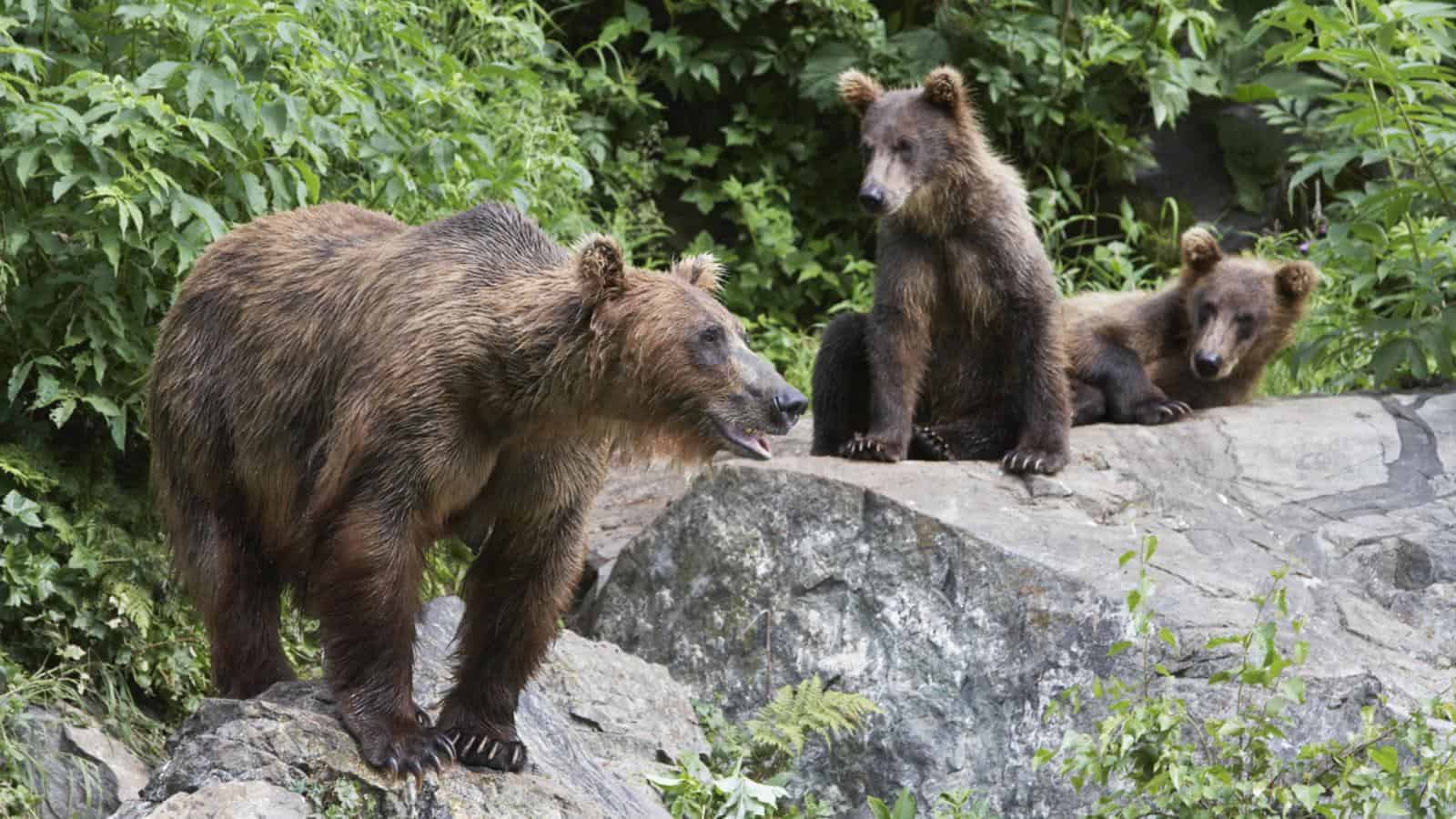
The distinctive shoulder hump on a grizzly bear isn’t a fatty mound like that of a camel; it’s a massive muscle that gives their front limbs immense strength. According to Bear Smart, Grizzlies dig more than any other bear species and use their front claws to rip through soil and rotting logs to find roots, bulbs, insects, rodents, and grubs, and to dig out their winter dens.
They Have 4-Inch Claws
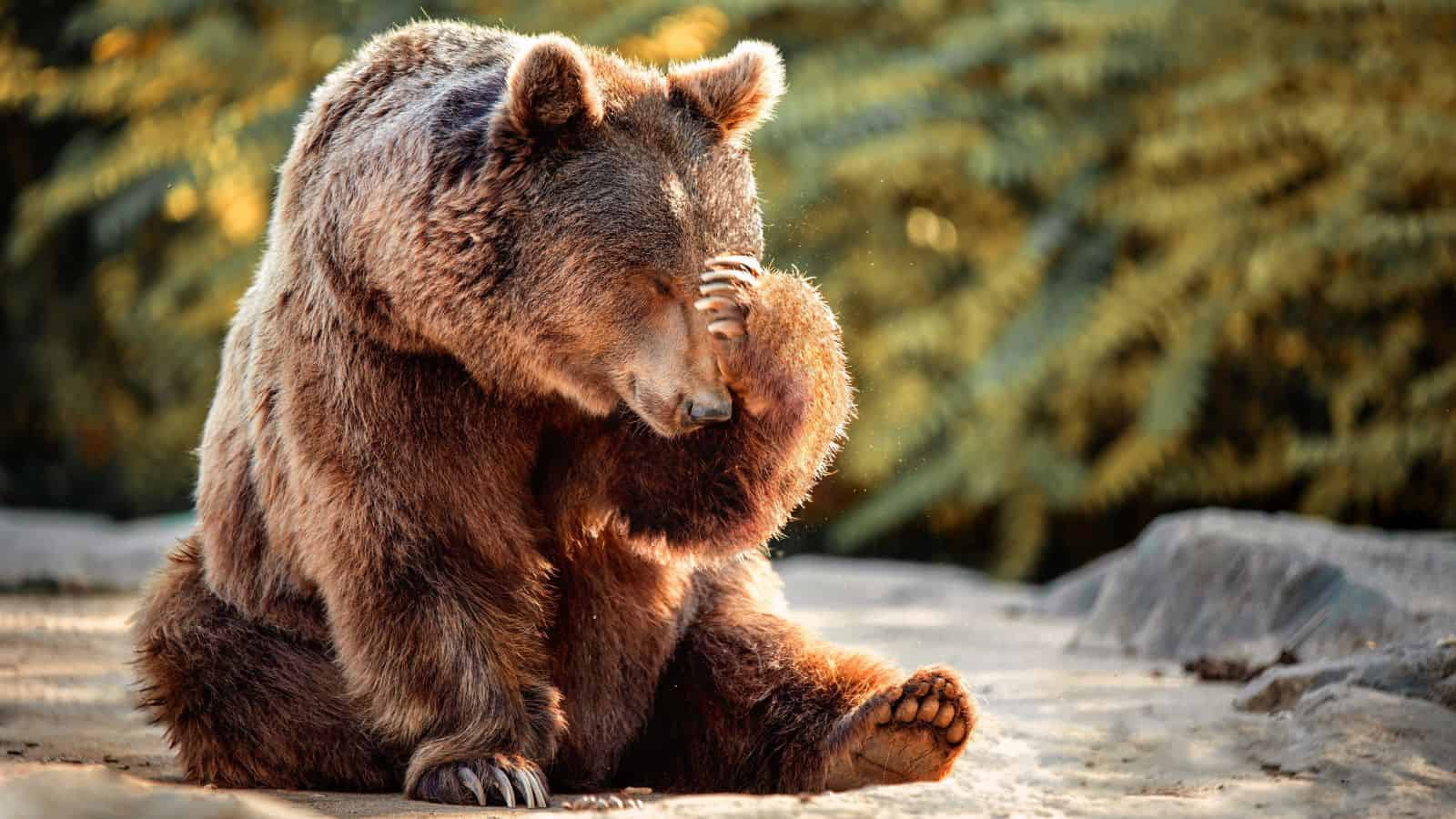
Grizzly bears have incredibly long, sharp claws, around 4 inches in length – as long as adult human fingers! These formidable weapons are great tools for digging and tearing into large carcasses after a successful hunt, or for scavenging. They also use them to climb trees, especially when young, and to mark out their territory by leaving scratch marks on trees.
They Have an Exceptional Sense of Smell
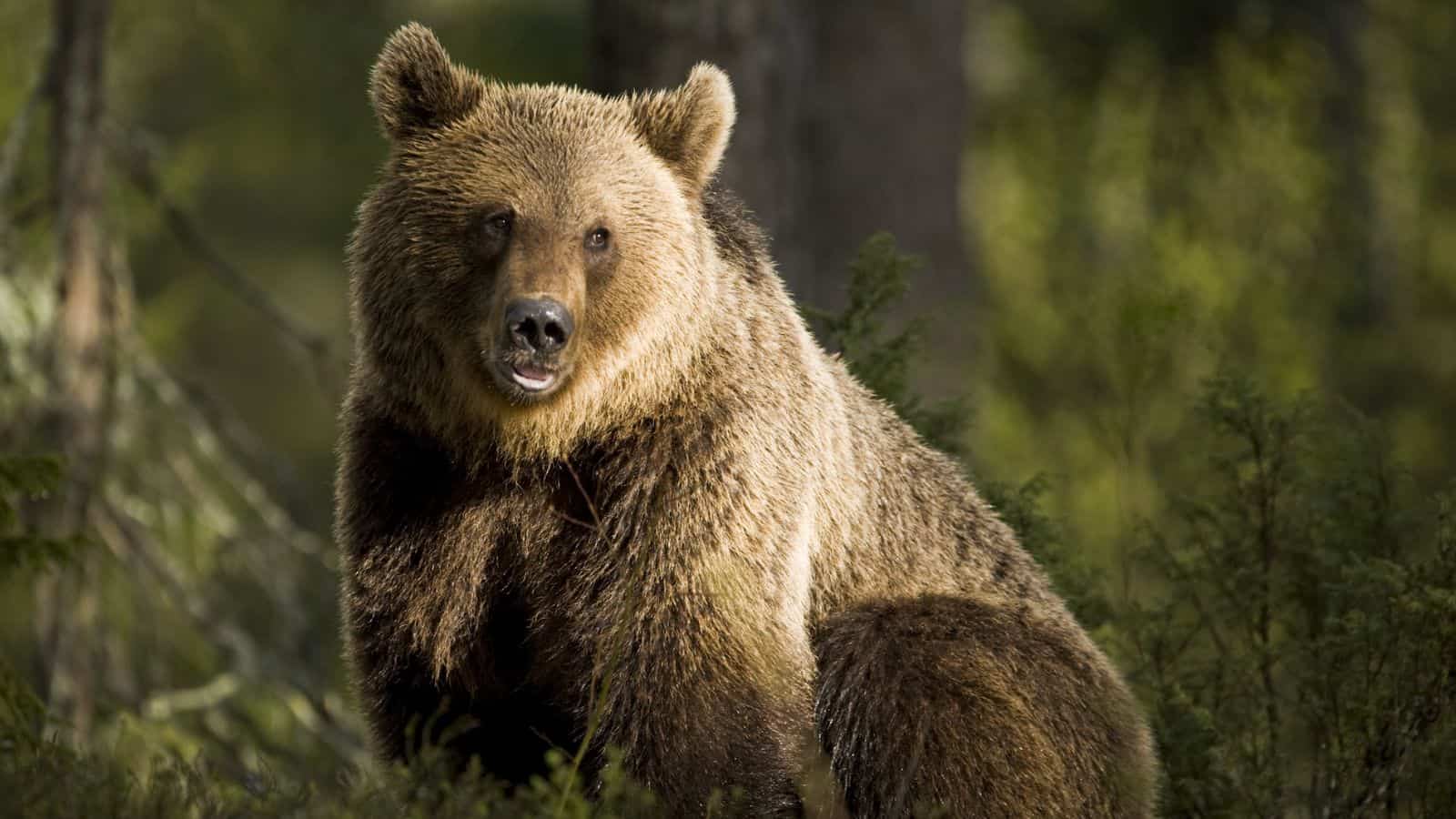
Grizzlies have an excellent sense of smell thanks to their long snouts packed with sensory cells. Their sense of smell is seven times stronger than that of a human! This allows them to locate food sources from miles away, such as a hidden salmon carcass or a buried stash of nuts. It also plays an important role in finding mates and avoiding danger.
They’re Loners
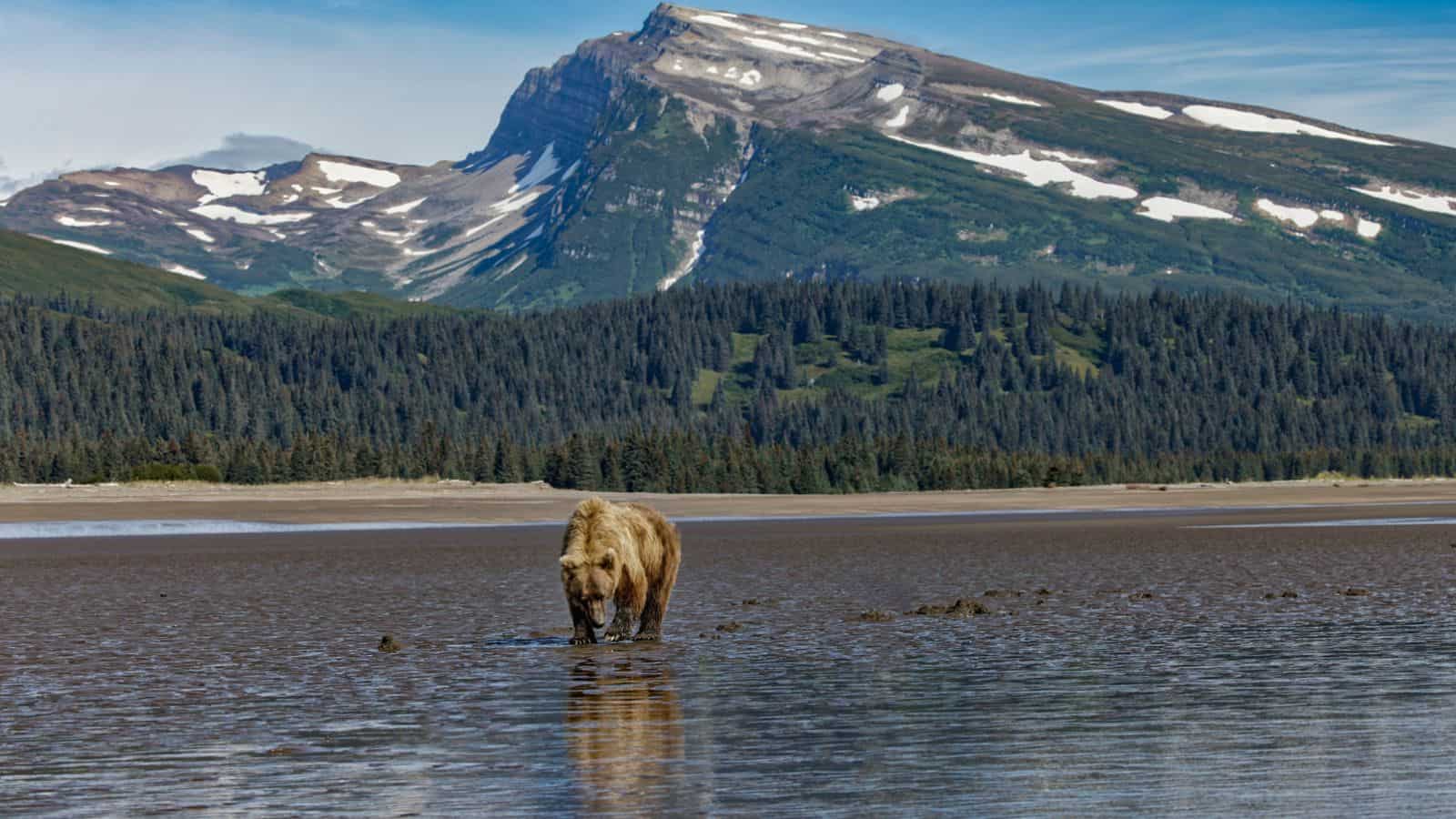
Like many large, predatory mammals, grizzly bears are solitary and rarely spend time together. Exceptions to this rule are during breeding season, when mothers have cubs, and in areas with a lot of prey. Canadian Geographic states that “Individual bears have a home range, but these may overlap and are not fiercely defended.” In general, bears avoid each other unless necessary!
They Raise Their Cubs for Three Years
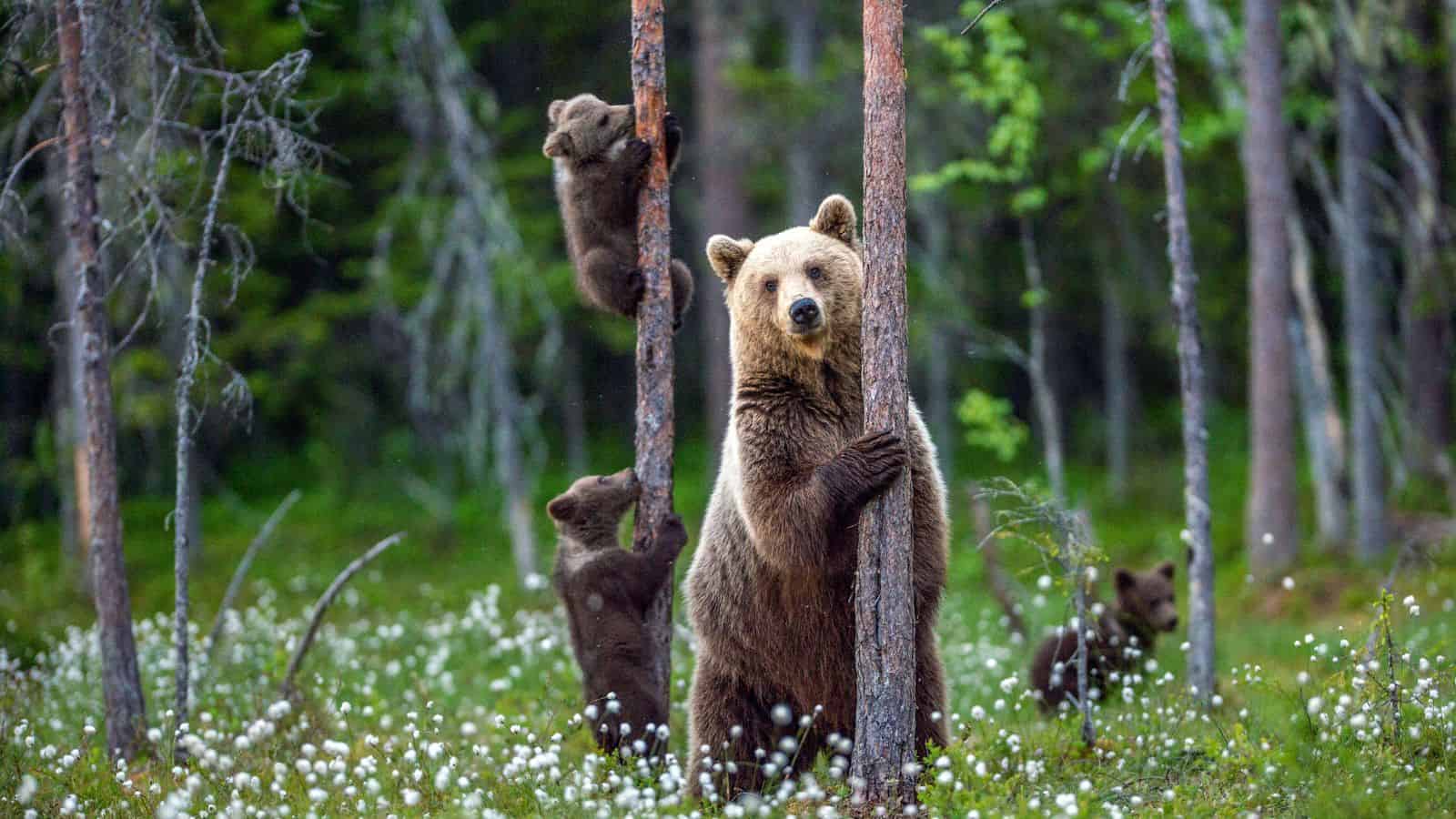
After a six-month gestation/pregnancy period, a female grizzly bear will give birth to one to four cubs in her winter den. She uses the fat deposits gained during summer and autumn to suckle them and does not venture out again until spring, when the cubs are old enough to follow her. She’ll raise them for two to three years, teaching them essential survival skills before they reach independence.
They Don’t Hibernate Properly

While grizzly bears do enter a state of dormancy during winter, known as a ‘torpor’, it isn’t the same deep hibernation that other animals experience. Their body temperature, metabolism, and heart rate do slow down, but they can still awaken if disturbed. If a sleeping bear smells food or senses a threat nearby, they are easily awoken and may re-enter a torpid state afterward.
They’re Important Recyclers
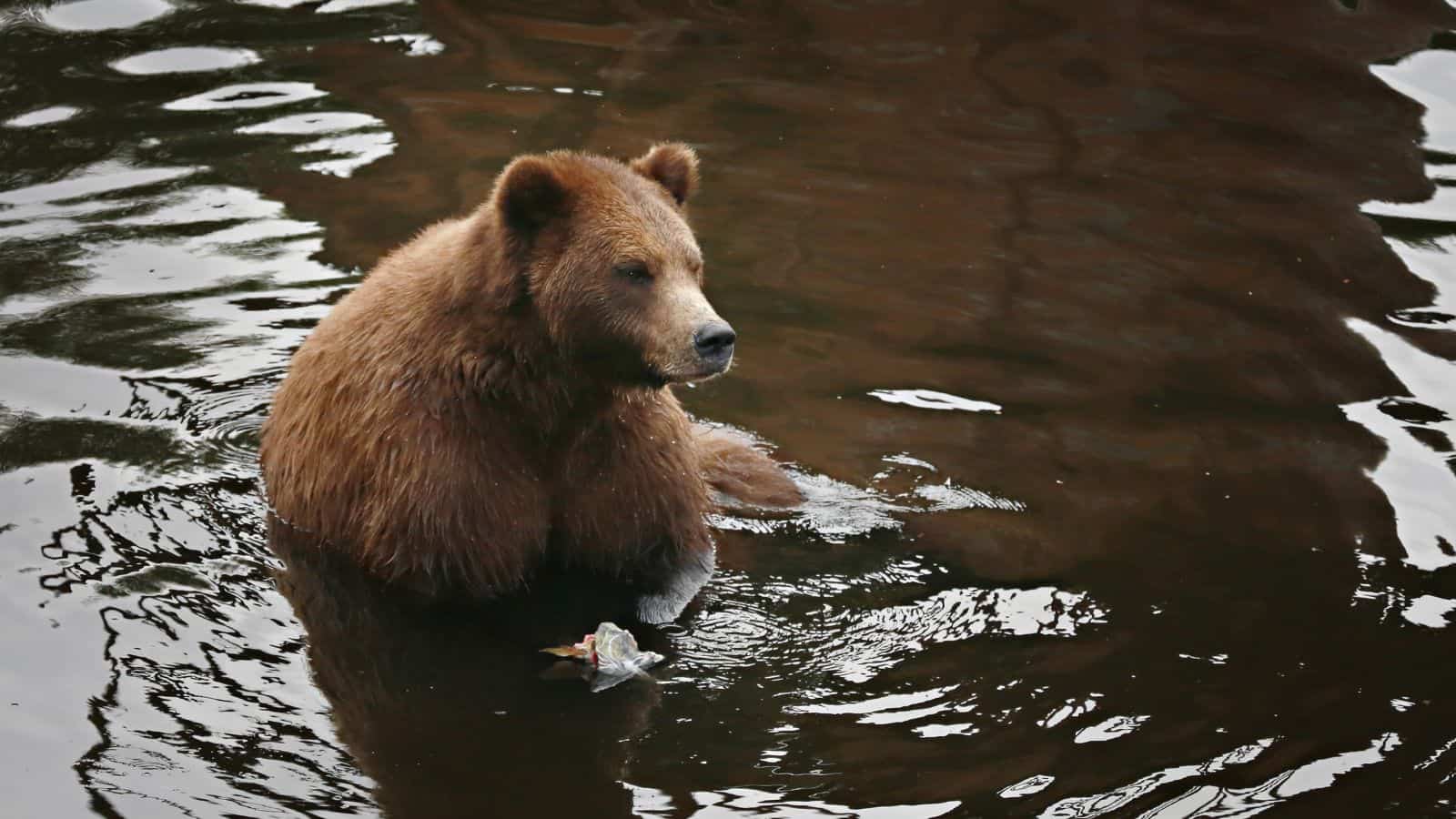
Grizzly bears play a crucial role in the ecosystem by scavenging for carrion (dead animals) from other predator kills, accidents, or natural causes like disease and old age. This helps clear away rotting carcasses, prevent the spread of diseases, and recycle the nutrients from carrion back into the ecosystem via the bears’ droppings. This process of grizzlies helps tidy up and recycle!
They’re Fast on Their Feet
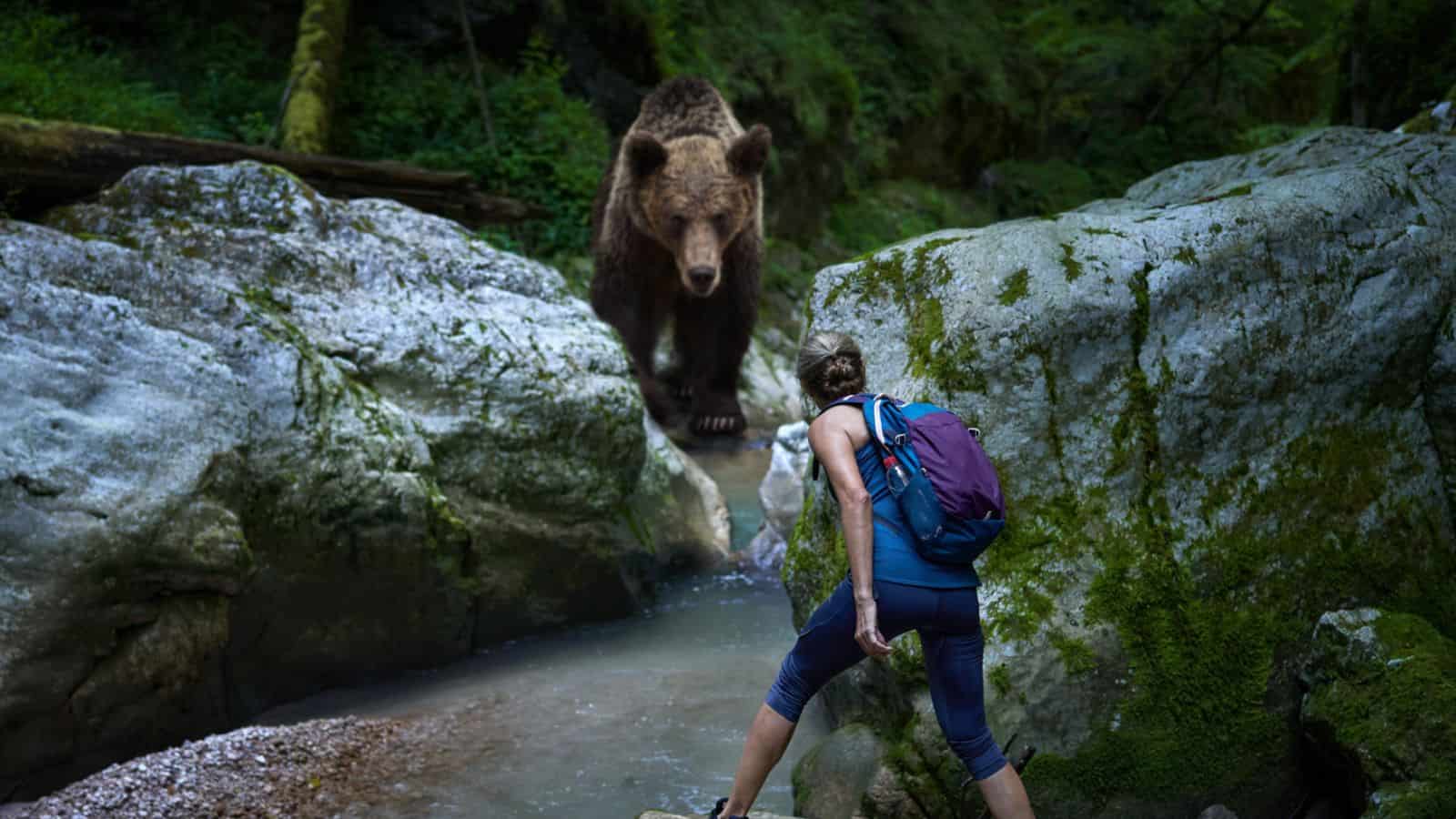
Despite their large size, grizzly bears can be surprisingly fast runners. Yellowstone Bear World claims that adults can reach speeds of up to 35-40 mph when escaping danger, chasing prey, or protecting their young. They are the fastest bear species on earth, with the North American Black Bear coming in a close second.
They Communicate Well

Despite being large and impressive, grizzly bears are wild animals and can be cautious about interactions that might lead to injuries. They communicate with other bears via vocalizations, such as growls, huffs, and moans. These messages relay dominance between males or act as mating calls. They also communicate through body language, such as their ear position, posture, and head movement.
Impressive Memory

Grizzlies live in a harsh and difficult-to-navigate environment of dense forests, rivers, streams, rocky outcrops, and grasslands. Therefore, they have an amazing spatial memory and can remember the locations of food sources, safe dens, and potential danger zones over huge areas. This ‘mental map’ of their environment helps them save energy and find resources quickly.
They’re Excellent Swimmers
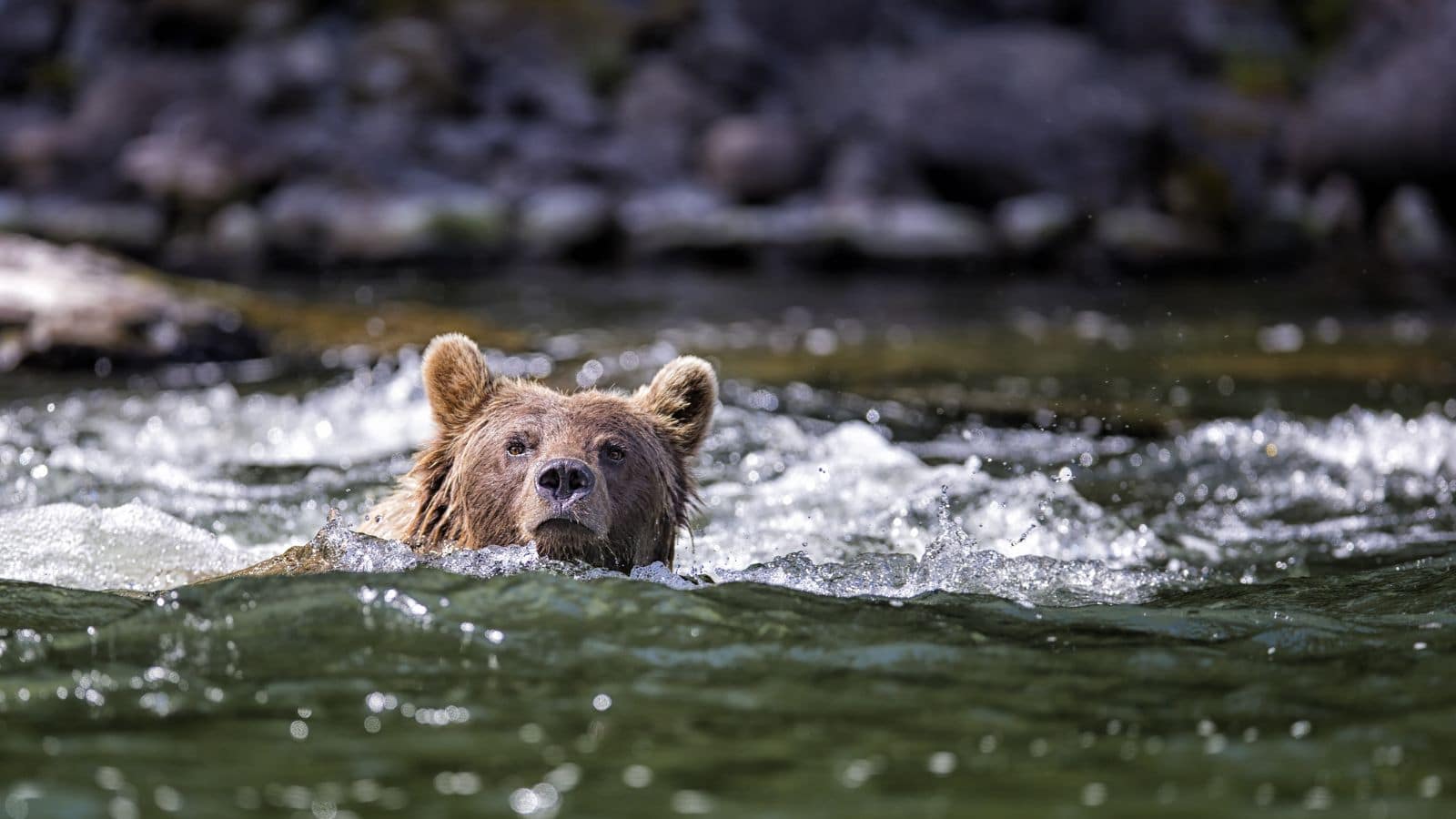
You may be familiar with nature shows showing grizzly bears fishing for salmon from rocky perches in spawning rivers. However, they’re not just great fishermen, they’re excellent swimmers too, and use their large paws to paddle and their buoyant fur to stay afloat. Swimming allows them to access good fishing spots and cross waterways when necessary.
They’re Less Dangerous Than Humans

Gitnux reports that “Around 40 people are attacked by bears each year in North America, mostly by grizzlies.” Of these 40 people, two to five are killed. In contrast, Montana’s NCDE reports that, on average, 40-50 Grizzly bears are officially killed by human hunters in that region alone. So, the bears have far more to fear from people than the other way around!
They Have Cultural Significance
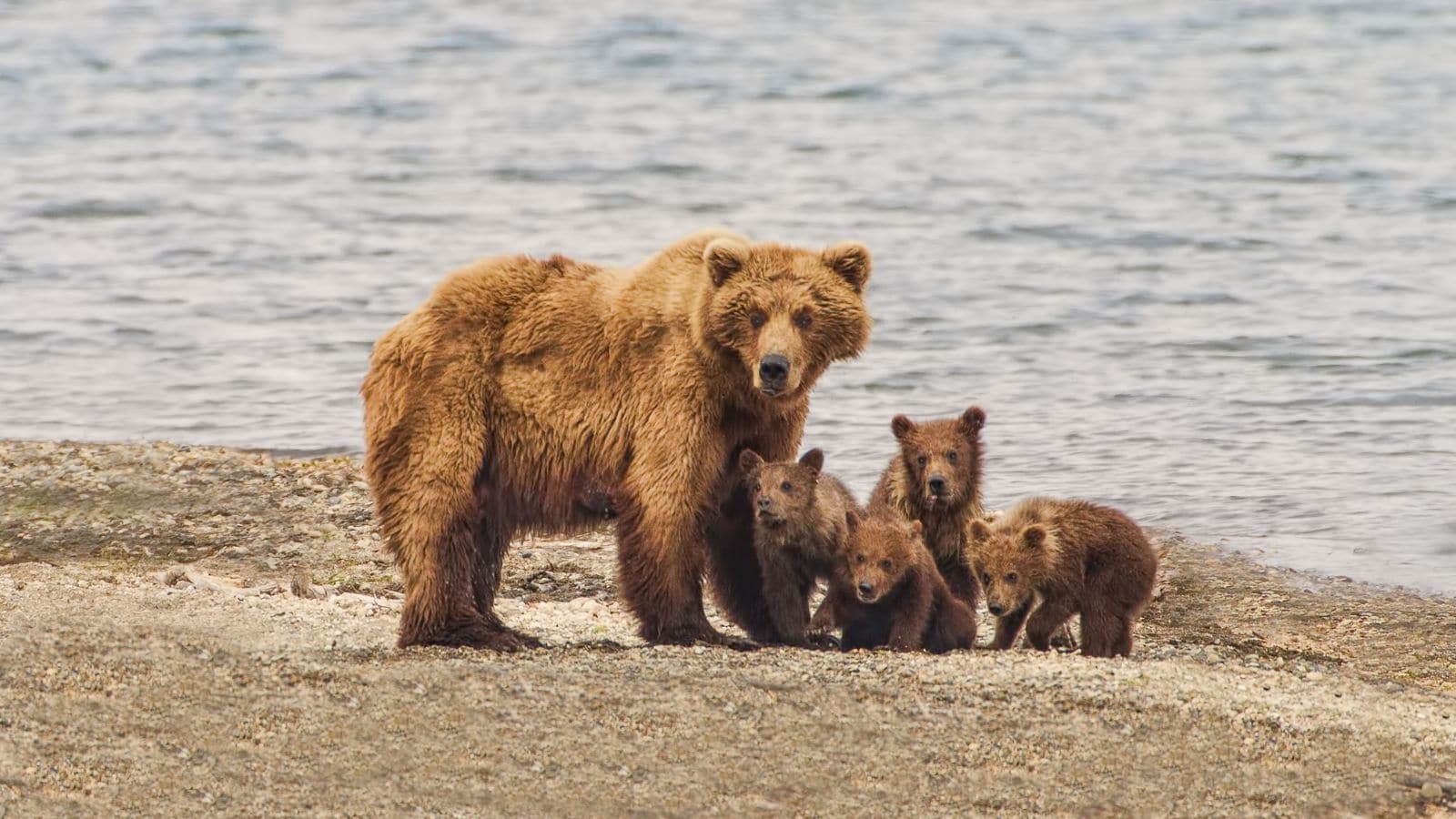
Grizzly bears hold a special place in many Native American cultures, where they are highly revered as symbols of strength, courage, and resilience. Bears are common in traditional stories, artwork, and ceremonies. Even if native tribes did hunt bears (many refused), this was done with great respect and preparedness and never with fewer than four to ten men.
They Need Conservation
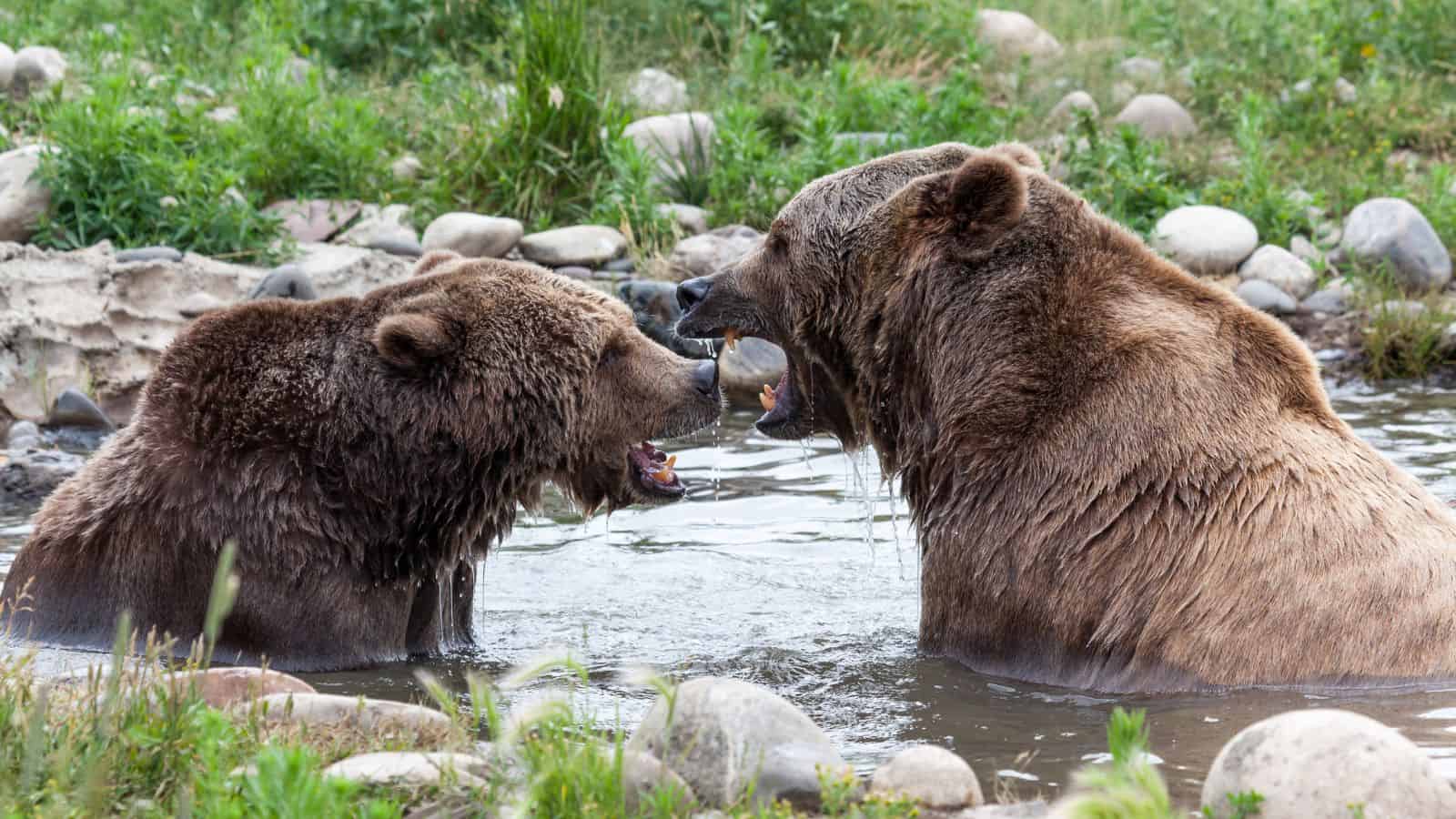
Once widespread across North America, grizzly populations have significantly declined because of habitat loss, hunting, and human conflict. Today, there are around 60,000 individuals left, with the largest populations in Alaska and western Canada. Conservation efforts like habitat protection, hunting restrictions, and public education are essential to their recovery.
There Are Several Subspecies

When people think of brown bears, most focus on the North American Grizzly bear (Ursus arctos horribilis), but there are several other closely related grizzly bear subspecies around the world. This includes the Kodiak bear of the Kodiak Archipelago in Alaska, the Kamchatka bear from northern Russia, and the Peninsular bear found in southern Alaska.
Their Size Varies
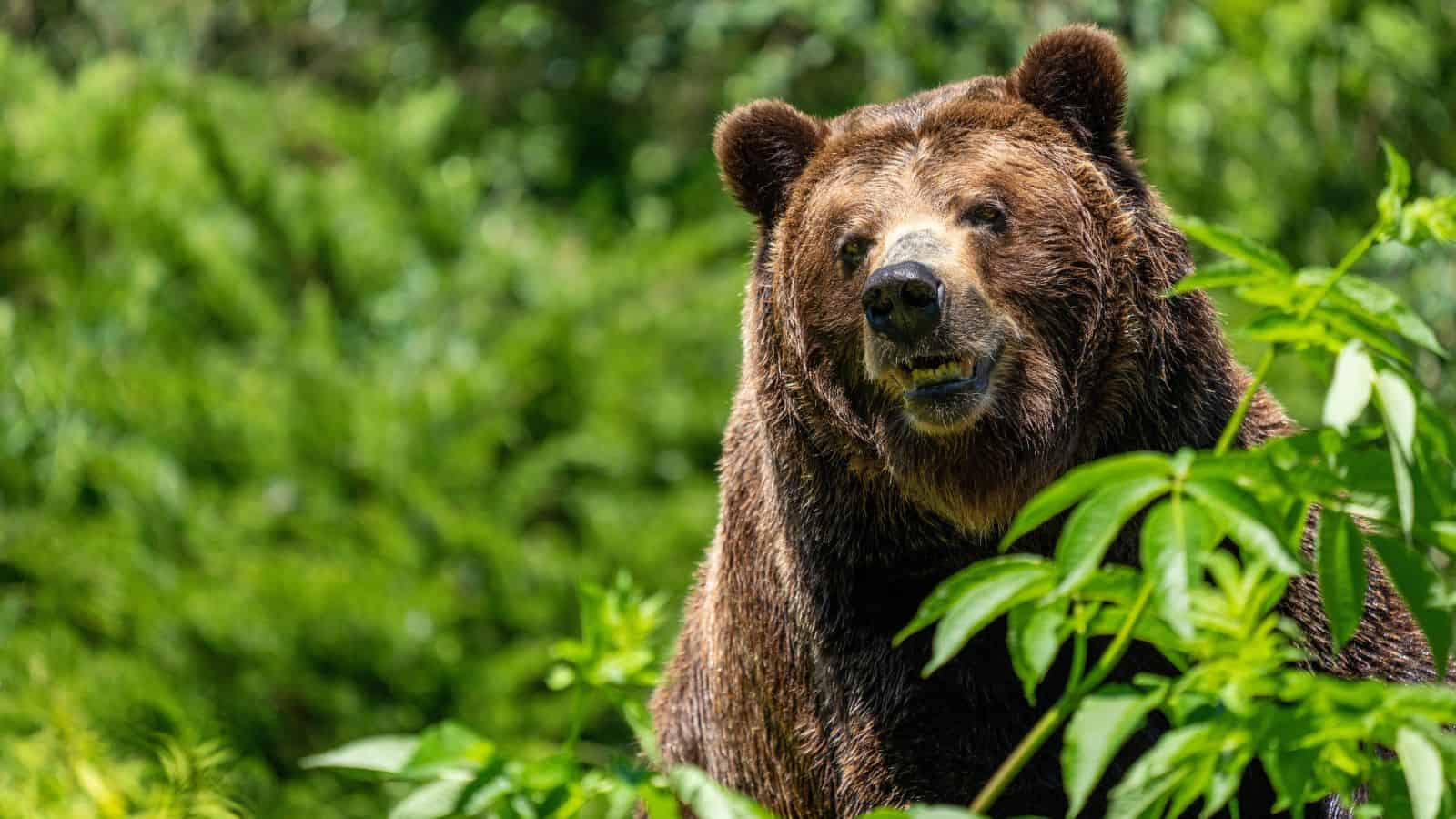
Grizzly bears are undeniably giant, but there’s variation in size depending on subspecies, diet, and individual genetics. Adult males (boars) typically weigh 400-1,500 pounds, while females (sows) are generally smaller, weighing 200-800 pounds. The largest ever recorded was a male shot in Alaska in 1985 – he weighed 1,500 pounds and stood over 8 feet tall on his hind legs!
They’re Intelligent

While they might not be able to boast the brain power of dolphins or gorillas, grizzly bears are more than just brawn! They’re surprisingly intelligent animals, showing problem-solving skills, such as using tools to access food and remembering where they placed hidden stashes! They can also learn new behaviors and adapt to changing conditions.
Wild Bears Can Live Over 30 Years
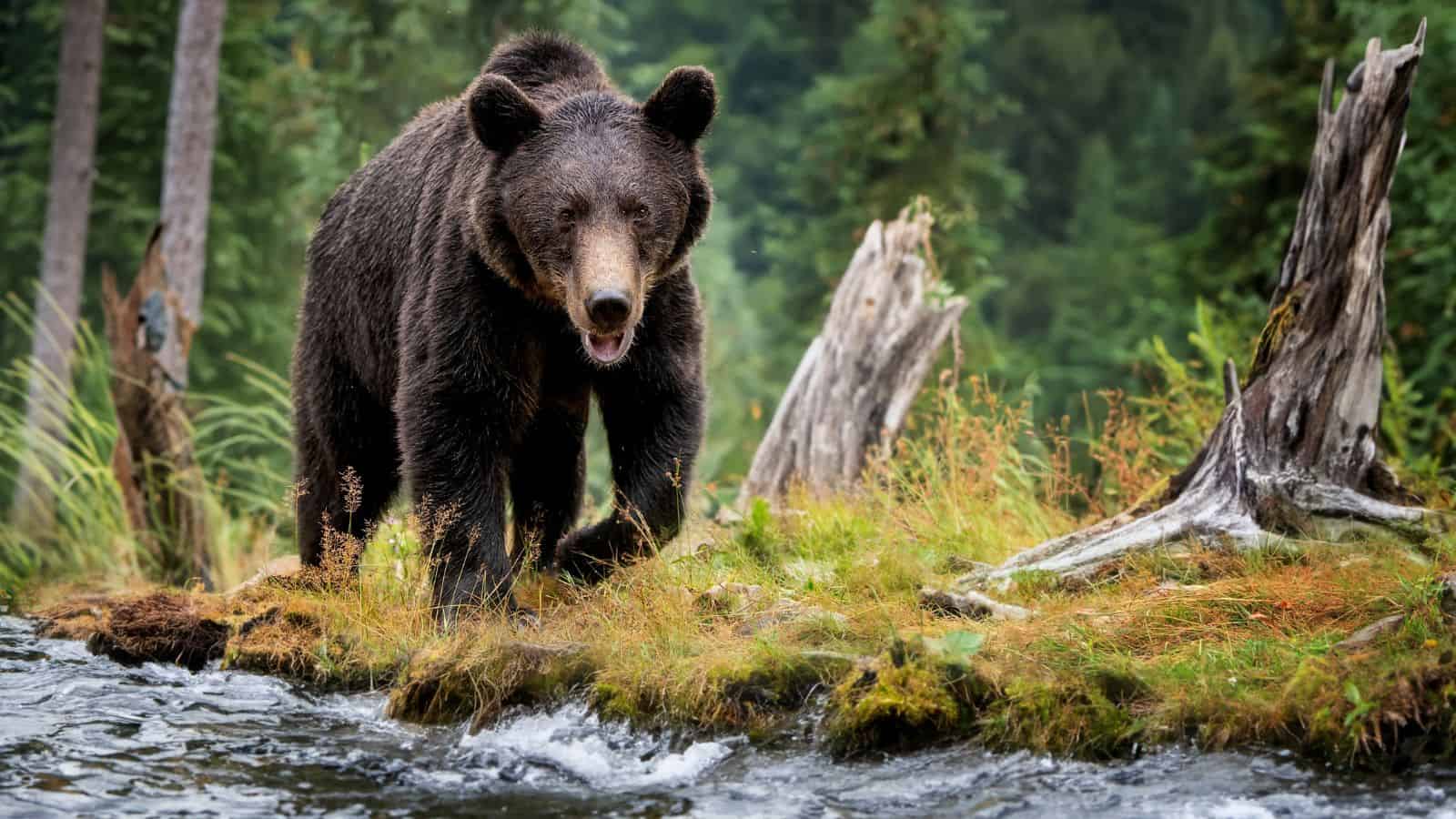
Grizzly bears typically live up to 25 years in the wild, but there have been some impressive exceptions. Discovery claims that the oldest bear in Yellowstone was a staggering 34 years old, while ‘bear 399’ is a female who recently gave birth at 27! There are several reasons for this longevity, including their robust build, strong immune system, and excellent survival skills.
Up Next: 19 American Foods that Are Not Allowed in Other Countries

We can debate all day about who has the safest food supply in the world. Though, I’d bet you would be surprised at how many everyday American foods are banned in other countries. Most are due to chemical additives and pesticides, which, in places like the EU, cannot be approved for use unless proven safe. Let’s take a look at 19 of them.
19 American Foods that Are Not Allowed in Other Countries
19 Things That Will Happen When You Stop Drinking Alcohol

Whether you identify as an alcoholic or a casual drinker, alcohol can have a significant negative impact on your health. This is why more and more people are choosing to go cold turkey for the sake of their well-being. If you’re considering going sober but need a little more convincing, we’ve got you covered. Here are 19 things that will happen when you stop drinking alcohol.
19 Things That Will Happen When You Stop Drinking Alcohol
17 Things Guests Actually Notice Right Away About Your House

Inviting people into your home is a big deal. You may be very house-proud or house-conscious, and if you are either, you’ll likely get anxious about hosting. If this sounds like you, stop worrying and focus on the following 17 things that guests actually notice right away about your house.
17 THINGS GUESTS ACTUALLY NOTICE RIGHT AWAY ABOUT YOUR HOUSE
